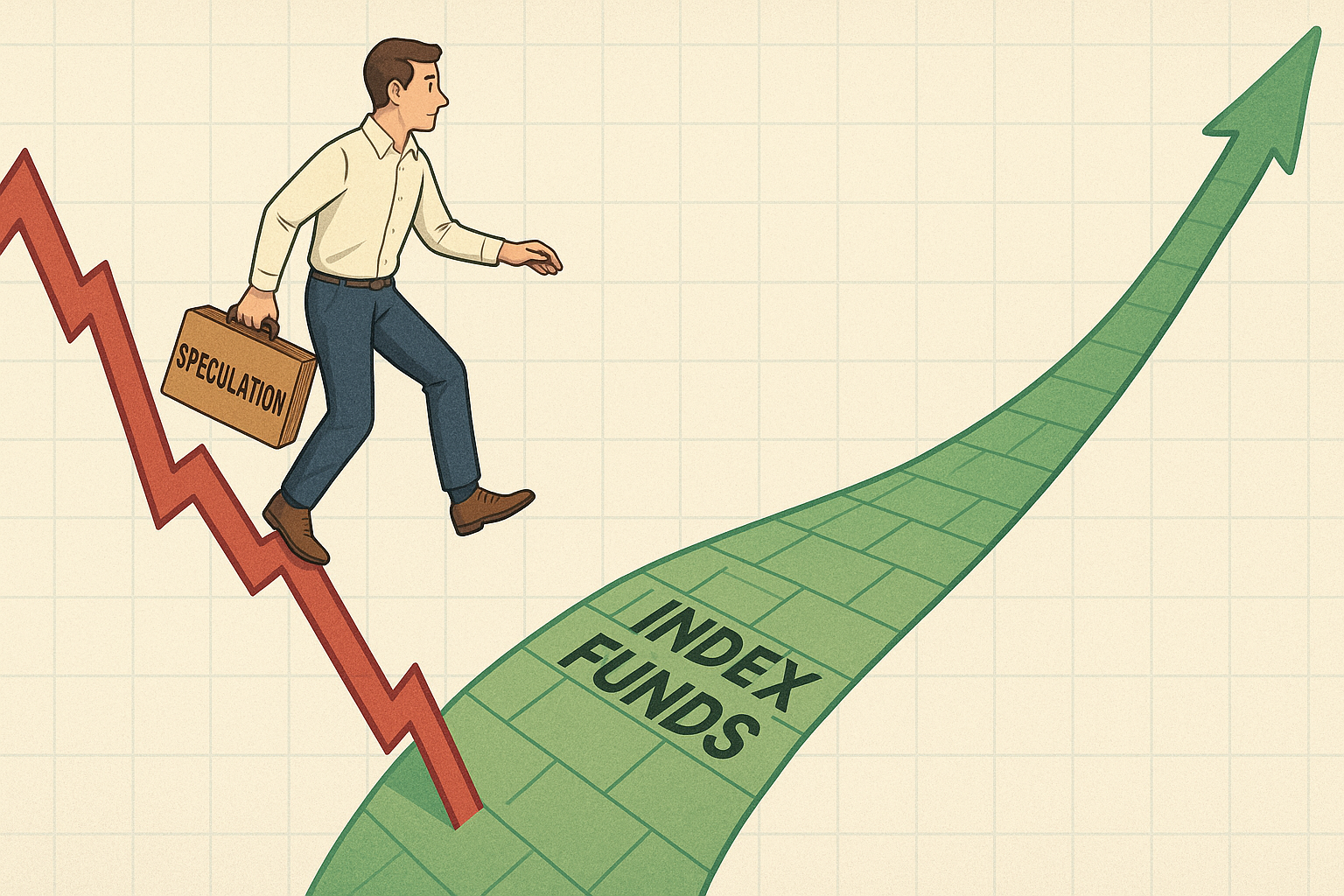I've seen it a hundred times. When stocks surge to fresh heights, two types of investors emerge: those racing to join the party and those frozen in place, tortured by what they've already missed.
One reader recently shared their painful investment tango with me—a story that's almost poetic in how perfectly it captures the psychology behind our money moves.
They sold everything on what they dramatically dubbed "liberation day" (clearly a nod to the market's Trump-victory jubilation). The problem? Their portfolio was stuffed with speculative gambles instead of boring old index funds. When things got choppy, they bailed... only to watch from the sidelines as markets continued climbing without them.
Now they're down 15% while everybody else is popping champagne.
Look, there's actually a lot to unpack here. This isn't just a simple case of bad timing—it's like a miniature behavioral finance class wrapped in one sad email.
First things first: selling speculative positions you don't fully understand or believe in? That's not inherently wrong. In fact, it might've been the most rational move given their knowledge and conviction level. The real mistake happened much earlier—putting too many eggs in the speculation basket to begin with.
What's really eating at our reader (and I've felt this sting myself) is that brutal game of "what if" our brains love to play. Psychologists call it counterfactual thinking. "If only I'd stuck with index funds instead of those meme stocks..." Yeah, and if my aunt had wheels, she'd be a bicycle.
So where do you go after a market faceplant?
Their instinct to pivot toward mostly index funds with just a small "play money" allocation is spot-on. The pros call this "core and explore"—boring diversification for most of your cash, with a little room left to scratch that stock-picking itch.
But timing... that's the question keeping them up at night. Do you dive back in at all-time highs or wait for the inevitable pullback?
The math says lump-sum investing beats dollar-cost averaging about two-thirds of the time. Markets rise more often than they fall, so waiting typically costs more than it saves.
(I remember interviewing a portfolio manager who called timing the market "the world's most expensive form of entertainment.")
But here's the thing—that statistical advantage doesn't account for who YOU are. Your psychological makeup. Your tendency to panic.
If you're the type who sells at the first hint of trouble (and our reader has demonstrated they might be), then maybe dollar-cost averaging isn't mathematically optimal, but it's emotionally sustainable. Think of the theoretical return difference as paying for emotional insurance.
Given this investor's recent panic-selling episode, I'd suggest a compromise: perhaps put half their money in immediately (30+ years is a loooong time horizon, after all) and then gradually invest the rest over 3-6 months.
The greatest insight here isn't about market timing at all—it's about knowing yourself. The best investment strategy isn't the one with the highest theoretical return; it's the one you'll actually stick with when things get ugly. And they always, eventually, get ugly.
That 15% loss? It stings now, sure. But honestly, it's a relatively cheap tuition payment for such valuable self-knowledge. I've seen folks pay far steeper prices to learn similar lessons about their risk tolerance.
With three decades ahead for compounding, this painful episode might actually be the most valuable investment they'll ever make.
